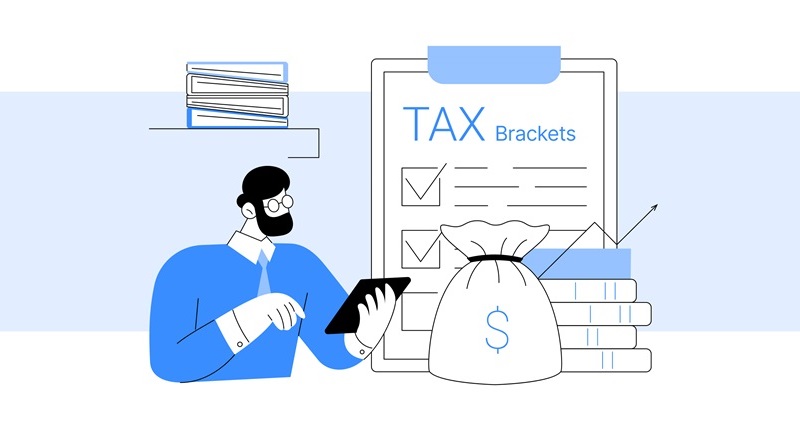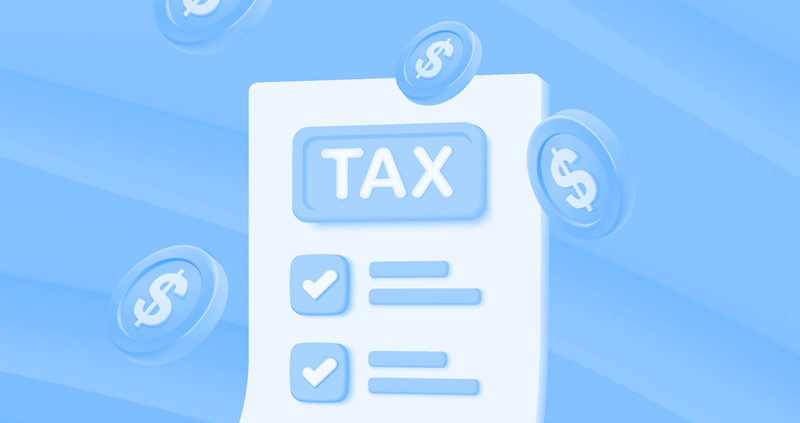Is there tax on overtime?
Learn about how the One Big Beautiful Bill Act (OBBBA) changes taxes on overtime pay.
Is there tax on overtime: The OBBBA (signed July 4, 2025) created a partial tax exemption on overtime pay to qualified workers. This above-the-line deduction is on the “half” portion of time-and-a-half FLSA overtime. Up to $12,500 for single filers or $25,000 for joint filers can be deducted, but payroll, state, and local taxes still apply.
Eligibility limits: The deduction applies only to overtime pay reported on Form W-2 (or other required page statements). While W-2 employees qualify, independent contractors and gig workers are excluded. Deduction phases out at $150,000 MAGI ($300,000 for joint filers).
Impact on workers: These changes may reduce taxable income and potentially boost refunds as early as 2026, but they benefit only a portion of households and require accurate employer reporting.
How the new law works for taxes on overtime
Tax cuts are a topic of discussion again, especially with the passing of the One Big Beautiful Bill Act (OBBBA), but how does this affect taxes on overtime?
Historically, overtime pay was taxed like normal wages, subject to federal and state income taxes, as well as Social Security and Medicare withholding. However, under the OBBBA, eligible workers will be exempt from federal tax on the deductible portion of their overtime pay. This deduction is “above-the-line,” meaning it reduces taxable income before AGI is calculated and can be claimed whether or not you itemize deductions.
The OBBBA was signed into effect July 4, 2025, and will allow workers to deduct up to $12,500 of overtime pay (or $25,000 for joint filers) from their taxable income for tax years starting in 2025 through 2028.1
Here’s how the OBBBA affects taxes on overtime pay:
New deduction period: Available from 2025 – 2028 for qualified overtime pay (the “half” portion of time-and-a-half under the Fair Labor Standards Act (FLSA)).
Deduction limit: Up to $12,500 per year for individual filers or $25,000 for joint filers.
Income phaseouts: Deduction phaseouts begin at $150,000 modified annual gross income (MAGI) or $300,000 for joint filers, so you don’t need to itemize deductions to claim the tax break.
Employer type: Only W-2 employees qualify for the tax breaks. Independent contractors and gig workers are ineligible.
It is important to note that under the OBBBA, only the deductible portion of federal income tax on overtime pay is eliminated, but payroll taxes and state and local income taxes will still apply. So, while the new law provides some ease on tax liabilities, it generally does not make overtime pay entirely tax-free.
When does no tax on overtime start?
Since the OBBBA has been signed into law, the federal income tax deduction on overtime pay is already in effect this year (the 2025 tax year) and will continue through 2028.1 This means that eligible workers will see these changes reflected in their 2025 tax return when filing for taxes in 2026.
Understanding the new tax cut on overtime pay
While “no tax on overtime” sounds quite straightforward, it’s important to understand how the new tax cut actually works. After all, overtime pay is still not entirely free from income tax under the OBBBA.
Essentially, the new law allows taxpayers to deduct the overtime pay they receive to reduce their total taxable income, and in turn lowering what they owe the IRS. But this does not apply to all income earned when working overtime. Instead, you can only deduct the amount of pay that exceeds your regular rate of pay.
For example, if you normally earn $20 an hour but $30 an hour on overtime, you would only be able to deduct the additional $10 per hour in overtime pay above your regular hourly rate — the “premium half” required under the Fair Labor Standard Act. In addition, wages earned on overtime are still subject to payroll taxes (which include Social Security and Medicare) and may also be subject to state and local taxes. Furthermore, you will also want to ensure your employer is correctly reporting your qualified overtime wages on your W-2 form to receive this deduction when you file for taxes.
Therefore, it is important to fully understand how the new tax cuts work, along with the cap on the deduction limit, to see if you qualify for the tax exemption.
Pros and cons of no tax on overtime
The OBBBA brought many changes to tax laws. Here is a breakdown of the pros and cons of the no tax on overtime provision:
Pros
Tax relief for many working Americans: With the deduction being retroactive to 2025, qualifying workers can start to see tax refunds as early as 2026.
Incentivizes working extra hours: By reducing the tax burden on overtime pay, workers are incentivized to take extra shifts and potentially earn more. However, this can also have its limitations.
Simplicity for all workers: Tax deductions can apply to all qualifying W-2 employees, regardless of whether they itemize deductions, which lowers the barrier to qualify for the tax relief.
Cons
Complex eligibility and exclusions: Only the FLSA “premium half” of overtime pay qualifies for the tax deduction, and the law excludes many types of workers, such as those who do not work FLSA-qualified overtime or those above the $150,000/$300,000 MAGI thresholds.
- Administrative and payroll challenges: Employers need to track and record qualified overtime on employees’ W-2 or similar workplace statements.1
What does this mean for you?
The One Big Beautiful Bill Act now provides tax deductions for eligible workers who put in more than 40 hours per week. While it doesn’t offer a full tax exemption, it may offer tax relief to qualified workers. If you are someone who works overtime, you might want to check if your job qualifies for the deduction and if your employer is accurately tracking your overtime hours and wages.
The above article is intended to provide generalized financial information designed to educate a broad segment of the public; it does not give personalized tax, investment, legal, or other business and professional advice. Before taking any action, you should always seek the assistance of a professional who knows your particular situation for advice on taxes, your investments, the law, or any other business and professional matters that affect you and/or your business.


